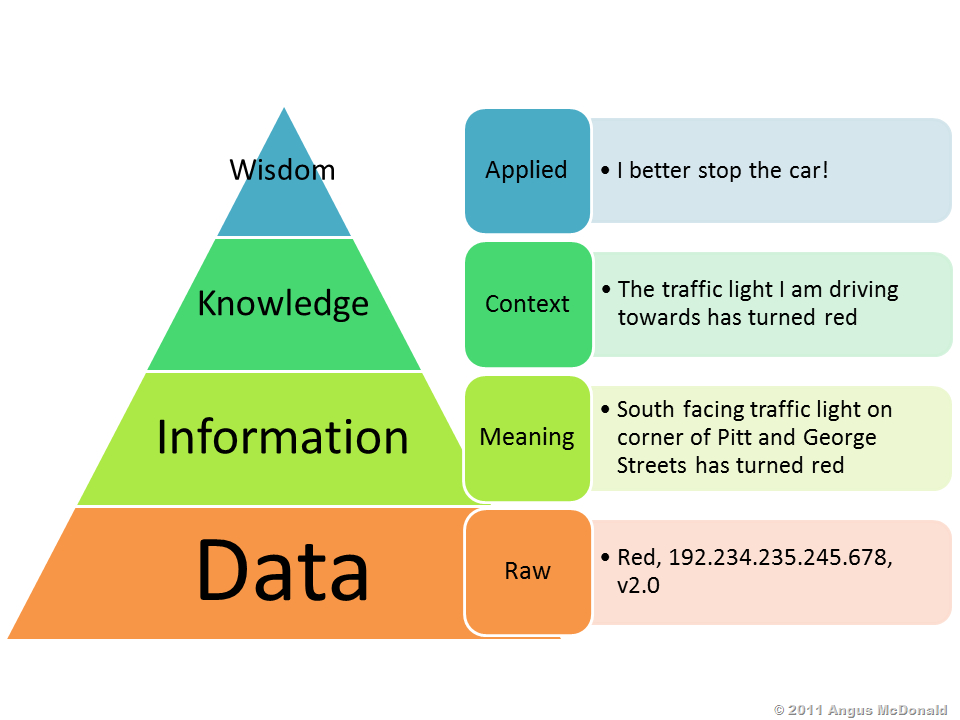Henry Ford said: Every object tells a story, if you know how to read i[t. This quote sort of explained the idea fairly well, everything that has been produces contain some kind of meaning with itself when it has been sold to a customer. Yet the meaning of this very object will depends on how it's been used by its owner. I do understand that this is kind of cheating for saying everything has a meaning but it relies on a person to define it. But I honestly think this is fairly true. A meaningful object to one does not mean it will also be meaningful for another person. Meaning by its definition, it's "what is intended to be, or actually is, expressed or indicated;signification; import:"
In designer's view, something that is important may not go the same with the consumers. This is going back to the experience model from Marc Hassenzahl.
Meaning is a personal thing, there is no rules or guidance towards meaning but purely generated from inside one's mind. We do not get attached on the same thing for everybody, there is a preference and there is story behind everyone, thus everyone is going to be different.
So what do I mean by bringing meaningful experience towards consumers? since nothing is meaningful for everyone, how can you possibly design an interaction in this regard. And to be honest, I can't. I can't do it for everything for everyone, I know its complexity in this topic. The reason I chose to pick this topic is that I feel IoT has been quite a buzz on the internet and a market. People enjoy the thought of having automatic everything or long distance monitoring/controlling things, this illusions of living in the future. And many manufactures will also solely produce such products which only because this is a new trend and just for the sake of earning money, they make it. Even the company I worked for asked me to develop a "Cheap" but "Reliable" project for people to turn a light on in London from New York.
Here I am not criticizing those company are just money whore, what I wanted to say is, we should start thinking of bringing a much deeper meaning things to the market. Now that we have better understanding of many problems we should solve, by designing things that could solve problem from the core is one of the definitions I think is meaningful. Back to the topic, even thought I can't design objects that is meaningful to everyone, but i could design a object that is meaningful enough to the matter itself.
By meaningful enough to the matter itself, I mean the object is directly related to and has direct effects on its target thing it is designed to address. Everything is designed for a purpose, rather it's for someone in love, pain, for a better living, an easier operation of certain tasks or just entertainment. if that particular object is addressing the matter to its core, I would say it is a meaningful design.
For intense, persuasive technology in my thesis, Why is that I dont think Carla Diana's example really isn't meaningful enough, it is still carries a meaning but not quite there, is because her examples only express "information", like most of the commercial products, they only show information, and hoping the users will change their behavior solely one the information they have been shown. Studies suggested that this type of persuasion will only have short term effect, and for those small number of samples that lasted long term, they are changing their behaviors for the sake of numbers, achievements, competitions. In an other words, they didn't do it for the purpose of better health or better world but an irreverent purpose.
Nike Fuel band is one of the examples of numbers driven activities
So I think it is pretty clear that in terms of persuasive object of IoT, I am trying to figure out a different approach to the matter, I am trying to solve an issue from the heart of a person rather than showing numbers or forcing people to do so and praying they will truly accept the alternatives. Because people really don't like changes, including me, as it is easier to not change. in order to achieve the goal of this "Change" number itself will not be enough and thus in this context, not meaningful enough.
There are still many thins that need to be proved/disproved in order to support this theory, and I do understand that it could be wrong at many points, but this is what I am thinking at the moment and I am hoping to support the argument from my project and thesis rather than using this as a support to my paper.










